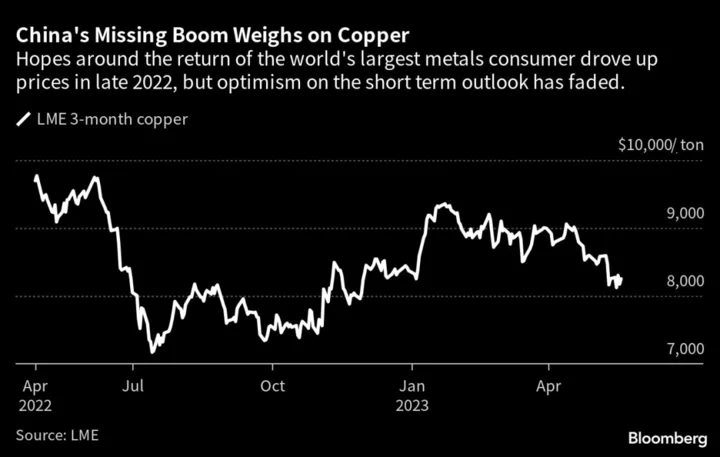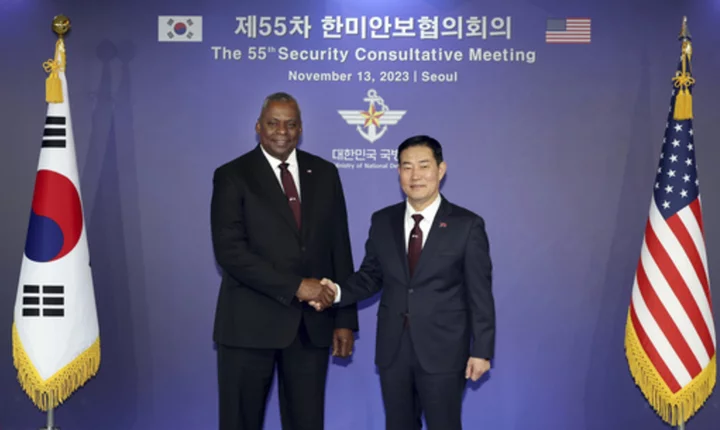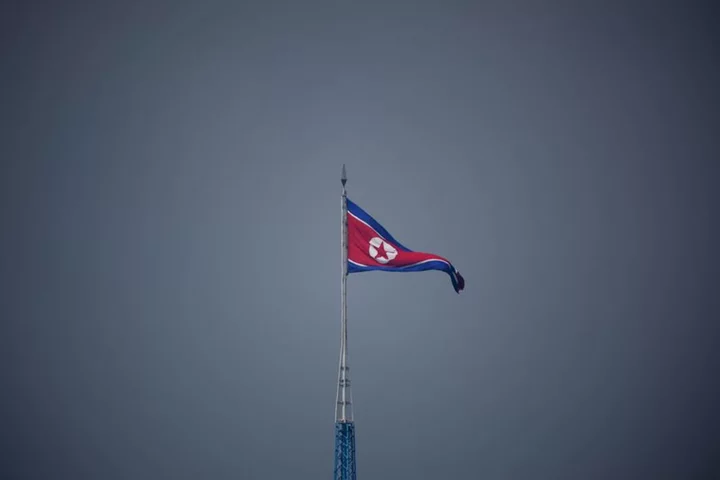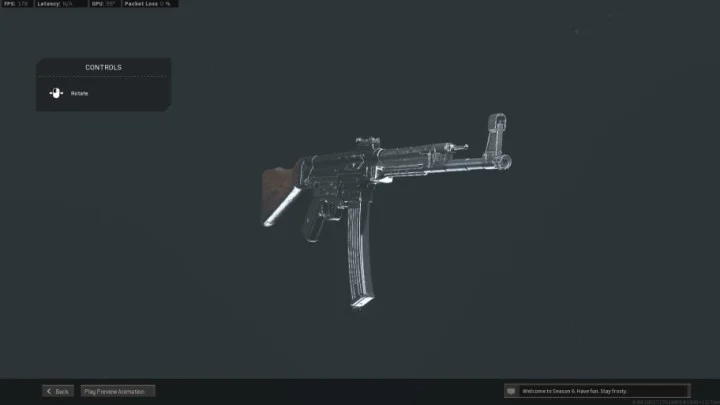The first gathering of the Asian metals community since the pandemic should have been a celebration, fueled by state stimulus and a long-awaited post-Covid rebound for the world’s top commodities consumer. But the resurgence never came.
Merchants, bankers, brokers and fund managers assembled in Hong Kong for the London Metal Exchange’s flagship annual Asian event showed little trace of the ebullience of late 2022, or even of the optimism of early 2023.
At dinners and over drinks throughout last week, they reported lackluster activity to match China’s disappointing economic indicators. Though even informal conversations were more cautious than in past years, given Beijing’s tighter political grip and frayed relations with the West, there was little hint that would change soon — never mind low inventories and the promise of a surge in longer-term metals demand as the global economy goes green.
Not all were gloomy. A handful of influential industry traders and analysts warned a missing recovery, or even a weaker-than-expected start to China’s peak building season, was not a recession. Demand is still expanding in the world’s largest metals consumer, and Beijing may yet step in with meaningful support.
“The Chinese economy is still expected to rise over 5% growth this year, which at least shows the economy is still resilient,” Nanhua Futures Co. Chairman Luo Xufeng said in an interview. “We believe rapid recovery in services and tourism will expand into secondary industries in the second half.”
Guy Wolf, global head of market analytics at Marex Spectron, argued copper could jump back to $9,000 a ton — from current levels close to $8,300, having touched the lowest in six months — with China’s appetite emerging later this year just as prices become more responsive at a time of languishing stockpiles.
“I think we’re in a world where if things start to move they are going to move pretty quickly.”
CRU Group, which has raised its copper demand growth forecasts for this year from 2% to 3.2%, pointed to healthy flows of the metal to renewable-energy projects, electric vehicles and the power grid, plus a rebound in property completions.
But in private — where most Chinese traders and market players are comfortable making comments that could be construed as critical — the mood was decidedly downbeat. A fresh slew of poor economic data in the week, with industrial output, retail sales and fixed assets investment growing more slowly than expected in April, did little to lift spirits. Copper tumbled to its weakest level so far this year during the meeting.
The optimism felt in the market before China’s National People’s Congress in March had evaporated, they reported. The annual legislative meeting had set only modest economic targets, with few indications that Beijing was prepared to unleash the kind of stimulus seen in the past.
Government Debt
Several physical traders, who declined to be named as they are not authorised to speak to the media, complained about low margins and debt-burdened buyers. Local government debt continues to act as a drag on demand, they said. They described factories and property developers slowing work to avoid unpaid invoices.
One trader at a state-owned outfit in eastern China focused on copper and aluminum, who also declined to be named as deals are not public, described some construction subcontractors slowing work from April as they waited for payments to clear, then reducing subsequent purchases of raw materials.
He added purchases in some provinces were supported by unsustainable subsidies more often than by genuine demand.
Their comments, while focused on the metals market, echoed business and consumer confidence surveys, with private firms barely increasing investment and households curbing big-ticket spending. While private sector confidence has improved since last year’s lengthy coronavirus lockdowns, it has yet to regain momentum.
After exchanging several years of gossip and family photos, traders and bankers noted the changing shape of the community, with new mainland arrivals and, of course, absentees — including Maike Metals International Ltd, once China’s top copper merchant and responsible for a quarter of China’s refined copper imports.
In February, Maike filed a court request for “preliminary restructuring” as the group seeks to emerge from a liquidity crisis. For many, it was the end of an era in which there were only profits to be made from China’s metals markets.









